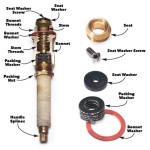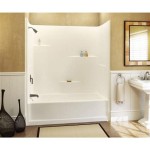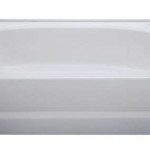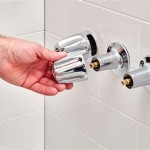Essential Aspects of Bathtub Chairs for Elderly
Bathtub chairs provide support and security for elderly individuals while bathing, enhancing their comfort and safety. Choosing the right bathtub chair is crucial to ensure a positive bathing experience. Here are some essential aspects to consider when selecting a bathtub chair for the elderly:
Stability and Safety
Stability is paramount for a bathtub chair. It should have a sturdy frame with non-slip feet to prevent it from sliding or tipping over. Some chairs feature adjustable legs to accommodate different bathtub heights and provide a stable base. Additionally, safety straps or belts may be included to keep the user secure.
Comfort and Ergonomics
Comfort is essential for a relaxing and enjoyable bathing experience. Bathtub chairs should have a contoured seat and backrest to support the body's natural curves. Cushioned seats and backrests provide extra comfort, especially for prolonged use. Armrests can further enhance comfort and stability.
Adjustability
Adjustability allows the bathtub chair to be customized to suit the user's individual needs. Features such as adjustable height legs, adjustable backrest, and adjustable armrests provide a tailored fit. This is particularly important for users with mobility limitations or different body sizes.
Ease of Use
Ease of use is crucial, especially for elderly individuals with reduced dexterity. Bathtub chairs should be easy to assemble and disassemble for storage or transportation. They should also be lightweight and easy to maneuver, with handles or grips for convenient handling.
Materials and Durability
Durable materials ensure the bathtub chair can withstand regular use and frequent cleaning. Waterproof and corrosion-resistant materials like plastic, aluminum, or stainless steel are ideal. Additionally, antimicrobial materials help prevent the growth of mold and mildew, promoting hygiene and safety.
Other Features to Consider:
Additional features can enhance the functionality and convenience of a bathtub chair:
- Showerhead holder for easy access to a handheld shower
- Drink holder for hydration during bathing
- Drain holes to allow water to drain and prevent pooling li>Anti-slip surface on the seat and backrest for added safety
Conclusion
Choosing the right bathtub chair for the elderly is essential to ensure their comfort, safety, and independence during bathing. By considering the key aspects of stability, comfort, adjustability, ease of use, materials, and durability, caregivers and family members can make an informed decision to enhance the well-being of their loved ones.

Healthline Tub Transfer Bench Lightweight Medical Bath And Shower Chair With Back Non Slip Seat Bathtub For Elderly Disabled Adjustable Height White Com

Carex Universal Shower Chair And Bath Seat With Patented Exact Level Adjustable Height Legs White Com

5 Best Shower Chairs Of 2024 Reviewed

Comfortable And Adjustable Bathtub Transfer Bench

This Elderly Swivel Shower Chair Converts To A Tub Transfer Bench Thesuperboo

Quality Bath Seats Shower Chair Grab Bars In Bathroom

Greenchief Shower Chair With Back And Arms Removable Bathtub Handles Free Suction Handle Medical Bath Cutout Seat For Disabled Handicap Seniors Elderly 300 Lb Com

Bath Tub Cushion Elderly Non Slip Bathroom Chair Shower

Homcom Medical Aid Height Adjustable Bath Chair Seat Shower Safety Bathroom Aids With Back Support Especially For Elderly Disabled And Disablity White Aosom

Top 6 Best Bathtub Lifts For Elderly 2024 Vitality Medical








